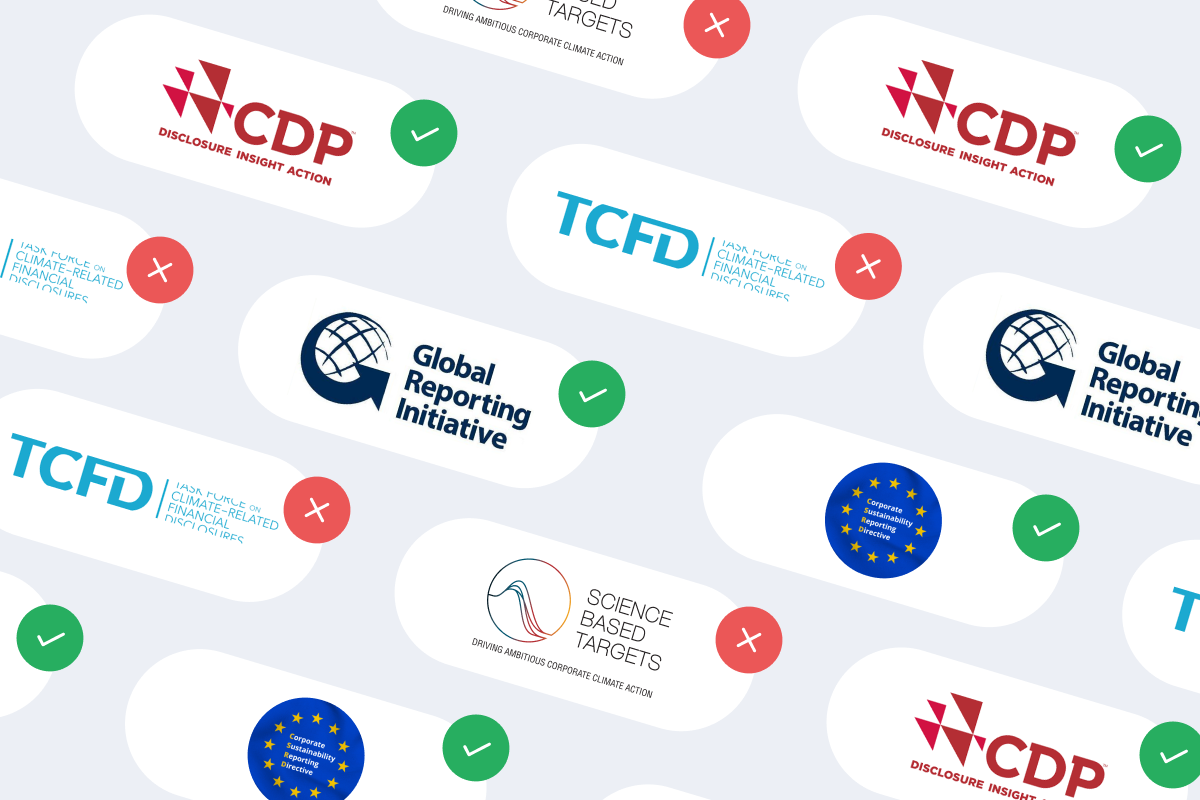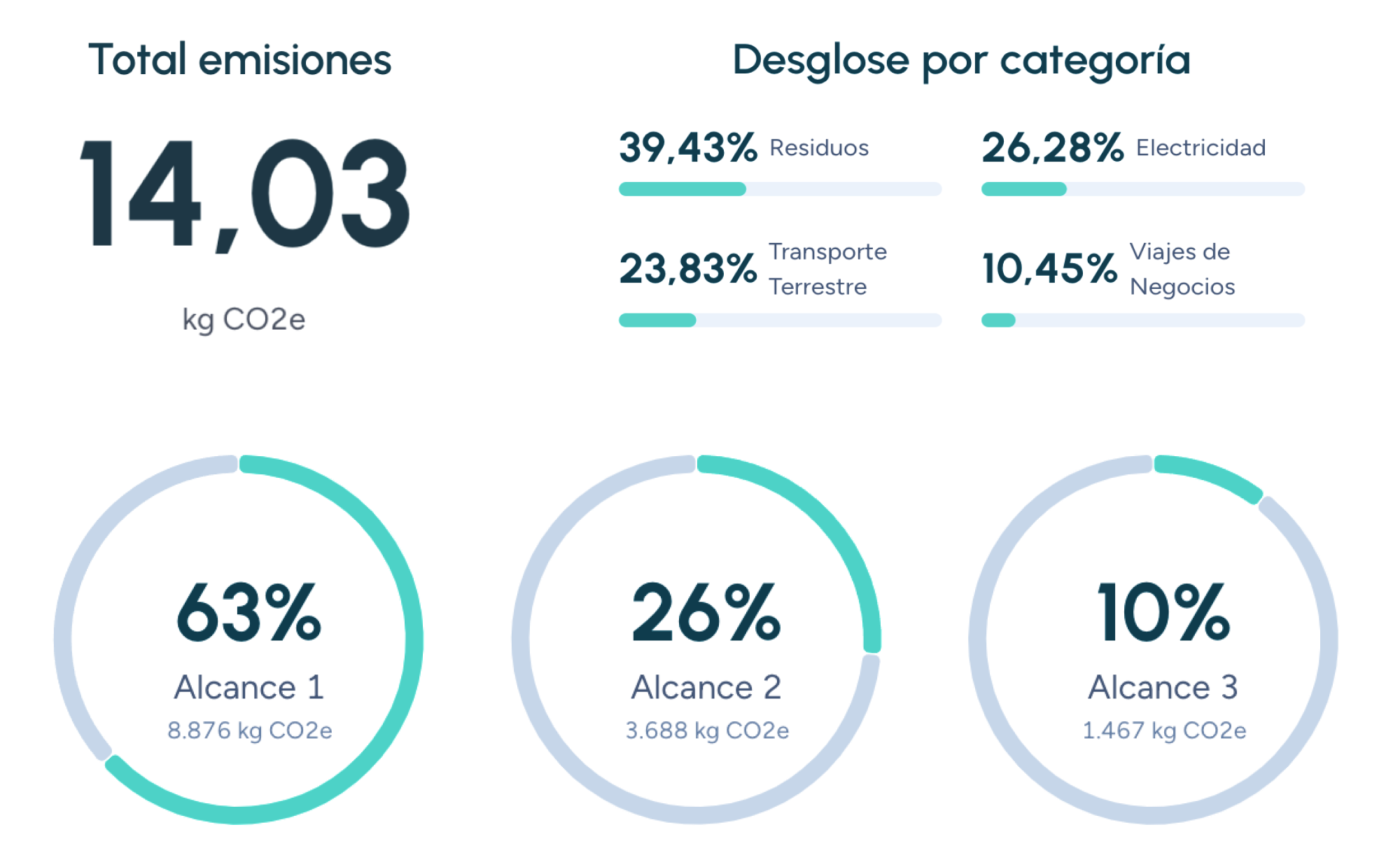G
Greenhouse gas (GHG) emission reduction
Emission reduction refers to all measures and actions taken to decrease the amount of greenhouse gases (GHG) released into the atmosphere. It is a key concept in the fight against climate change and an essential component of corporate and governmental environmental responsibility.
Why is emission reduction important?
Since the Industrial Revolution, human activities have significantly increased GHG concentrations in the atmosphere, leading to global warming. This phenomenon has severe consequences, including:
- Rising sea levels: Due to melting glaciers and polar ice.
- More frequent and intense extreme weather events: Such as hurricanes, droughts, floods, and wildfires.
- Loss of biodiversity: As ecosystems are disrupted.
- Water resource shortages: Affecting agriculture and human populations.
- Negative impacts on human health and the economy: Increased air pollution and heat-related illnesses.
Reducing GHG emissions is crucial to mitigate these risks and ensure a sustainable future. By lowering GHG concentrations, we can limit global temperature rise and reduce climate-related threats.
Measuring the carbon footprint: The first step
To effectively reduce emissions, it is essential to understand their sources and scale. This is where the carbon footprint comes in—a tool that quantifies the GHG emissions associated with a product, service, organization, or individual.
Measuring the carbon footprint helps to:
- Identify major emission sources.
- Establish a baseline to track progress.
- Set realistic and achievable reduction targets.
- Implement specific mitigation measures.
Strategies for reducing emissions
There are several strategies to reduce GHG emissions, applicable at different levels:
1. Energy efficiency
Optimizing energy use across all sectors—industry, transportation, and households—is essential for reducing emissions.
Key measures include:
- Using energy-efficient technologies (e.g., LED lighting, hybrid or electric vehicles).
- Improving thermal insulation in buildings.
- Implementing energy management systems.
2. Renewable energy
The transition to clean and renewable energy sources—such as solar, wind, hydro, and geothermal—is essential to decarbonizing the economy and drastically cutting emissions.
3. Carbon Capture and Storage (CCS)
CCS technologies capture CO₂ emissions from industrial processes and store them safely, preventing their release into the atmosphere. Although still under development, these technologies hold great mitigation potential.
4. Carbon sinks
Forests, oceans, and soils naturally absorb CO₂ from the atmosphere. Protecting and restoring these ecosystems is crucial to enhancing the planet's natural carbon absorption capacity.
5. Behavioral Changes
Adopting sustainable consumption habits also contributes to emission reduction.
This includes:
- Reducing meat consumption.
- Choosing local and seasonal products.
- Using public transportation or cycling instead of driving.
Legal frameworks and international agreements
Emission reduction is a global priority, driven by international agreements such as the Paris Agreement, which aims to limit global warming to below 2°C, with efforts to keep it at 1.5°C above pre-industrial levels.
To achieve this goal, signatory countries submit Nationally Determined Contributions (NDCs) outlining their GHG reduction plans and regularly updating them to increase their ambition. Additionally, regional and national regulations set emission reduction targets and promote the transition to a low-carbon economy.
Reducing emissions is essential to mitigating climate change, protecting biodiversity, and ensuring a sustainable future.
Companies that trust us

Carbon footprint reduction plan
Discover what an action plan to reduce your company's carbon footprint is, why it matters, and how to create one with Manglai.
Carbon neutrality
Explore the concept of carbon neutrality and its importance in the fight against climate change, along with the necessary steps to achieve it and the technological tools that facilitate this process.
Climate change mitigation
Discover what climate change mitigation is and how actions to reduce GHG emissions are crucial in combating global warming. Learn about strategies, examples, and the importance of carbon footprint measurement at Manglai.
Guiding businesses towards net-zero emissions through AI-driven solutions.
© 2025 Manglai. All rights reserved
Política de Privacidad


